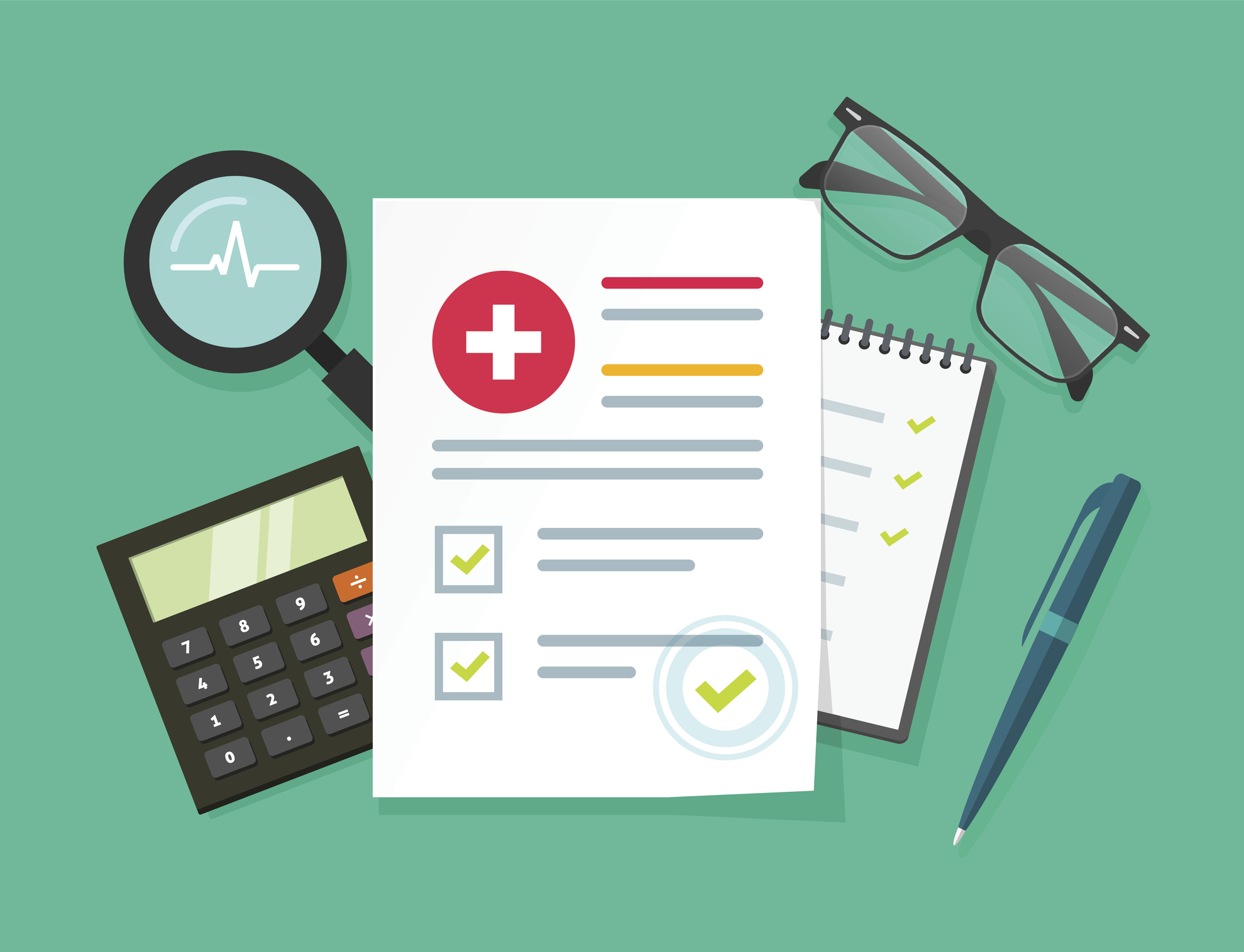Creating a Shield of Safety – Building Trust and Preventing Sexual Abuse
Sexual abuse is drastically underreported, with victims often fearing retaliation or potential inaction. Every workplace should promote a safe atmosphere to report incidents or signs of abuse, but creating that level of comfortability requires a structured prevention plan with methods for identifying, documenting, and responding to incidents.
July 2, 2024

Your organization could face a serious liability challenge with a sexual abuse or molestation (SAM) claim as nuclear verdicts and defense costs surge and increased/indefinite statutes of limitations change filing requirements.
Susan Thomson, Director – Public Entity Underwriting at Safety National, highlights strategies that organizations can take to mitigate this risk.
The numbers are staggering:
- One-in-five children is sexually abused before reaching the age of 18. That means, in the U.S., more than 1 million children will be abused this year. Kids are most vulnerable to child sexual abuse between the ages of 7 and 13, but it can happen at any age.
- Children with disabilities are three times more likely to be victims.
- LGBTQI+ youth are even more at risk.
- 80% of children report knowing the perpetrator, and a family member commits the abuse in 20% of reported cases.
- Abuse is common with seniors and developmentally disabled adults as well.
- Statistically, over half of cases are peer-on-peer abuse.
- Predators typically abuse between 50 and 150 victims over the course of their lifetimes.
A perpetrator requires three key items to abuse – access, privacy, and control. Take away just one of those factors and we have removed their ability to abuse.
Every organization must have a strong commitment to abuse prevention, and it must start at the very top. Safety should be part of every job description, which includes everyone from executive management to every level positions. Make employees acutely aware that they are all risk managers and educate them accordingly.
There are five key risk management program areas recommended for a comprehensive SAM risk management program.
1. Policies & Procedures
Communicate the why, the how, and the what, for all programs – with safety at the forefront. Boundaries must be clearly defined and enforced. A large section of your procedure manual should dictate hiring policies related to this risk. Note that technology is also a battleground, so software monitoring and strong social media policies must be in place. Ensure everyone in the organization knows there is zero tolerance for sexual abuse, which can only be achieved if procedures are enforced and leadership is committed. For the incident response team, it is helpful to perform tabletop exercises on these procedures as part of your annual disaster preparedness.
2. Screening
Conduct interviews and background checks during the hiring process for every employee, especially if they have access to children. Interviews should include behavioral-type situational questions, which help with the identification of potential offenders and also make them aware of policies that might cause them to self-select out of the hiring process to avoid being caught. Screening should also include multi-state background checks. These searches can include the National Sex Offender Registry, a Social Security number trace, and county criminal records.
3. Training & Awareness
Procedures only work if there is awareness of all stakeholders, including all employees, administrators, volunteers, participants, and parents. Training should ensure that everyone understands the signs of grooming, the rules of consent, and high-risk environments/scenarios. As stated earlier, empower all stakeholders and let them know that they all play a role in being risk managers for the organization. Keep in mind that procedures will adapt based on the business type. For instance, a daycare center for children is far different from a daycare center for senior citizens or developmentally disabled adults. Adults can consent, and this makes things murky at times.
4. Reporting
An effective reporting system allows everyone to remain comfortable and, therefore, vigilant in identifying and reporting SAM incidents. This is a critical piece to building a culture of safety. If you have that culture established and promote this system as an important tool, it should encourage proactive reporting and eliminate any hesitation (or perception of reporting as tattling). Typically, a third-party system that allows anonymous reporting is best. These systems often manage follow-up and communication, including related tasks such as inspections, postings, drills, investigations, assessments, and recordkeeping.
5. Investigation
During investigation, focus on the survivor and ensure their safety. Be compassionate, sensitive, and cognitive of the amount of bravery it takes for the victim to come forward. This is the time to follow all of the reporting procedures detailed in your policies. Make sure that you preserve all records. From a liability standpoint, do not admit guilt or give up defense.
The first 48 hours are key to any investigation:
- Within 1 hour – Observe, evaluate, and respond.
- Within 4 hours – Protect and offer support.
- Within 24 hours – Convene with the designated response team (Legal, Human Resources, Public Relations, consultants, and your insurance carrier).
- Within 48 hours – Communicate with all involved.
After an incident occurs, follow the mandated report requirements and your procedures. This should include providing resources to victims, families, and staff. It is also time to engage your crisis team and public relations representatives to help control the narrative. Otherwise, you risk having it controlled for you and causing reputational harm.

























